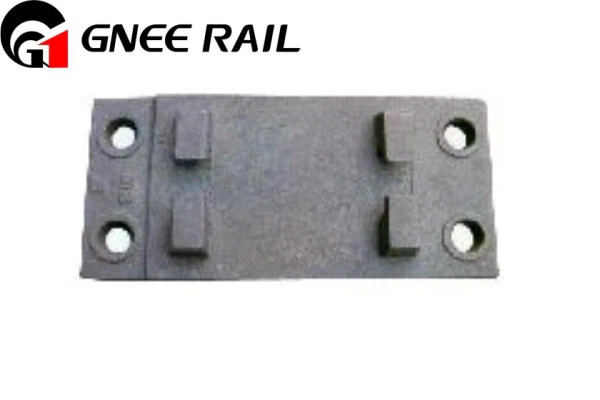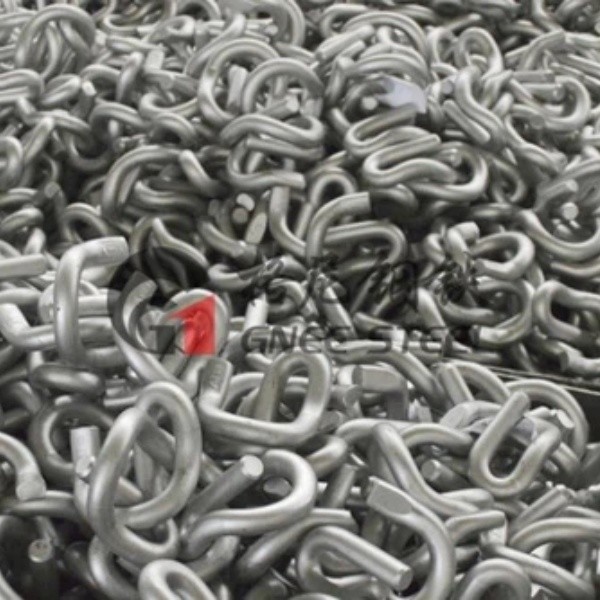Advantages of railway concrete tie
It has the advantages of saving wood, long service life, good laying quality, low maintenance workload and low cost.
It is significantly superior to wood in high-speed, heavy-duty, seamless and other railway applications.
On seamless lines, the stability of reinforced concrete sleepers is 15 to 20% higher than that of wooden sleepers. Therefore, it is especially suitable for high-speed passenger lines. For example, Japan's Shinkansen and Russia's high-speed trunks are laying it.
Of course, concrete sleepers also have disadvantages, especially weights that are much larger than wooden sleeper. Therefore, it is not suitable to use in unstable roadbeds and new roadbeds; in areas with frost heaving in winter, concrete sleeper is generally not allowed to be used; it is best not to use large quantities of concrete sleepers in the railway section for transportation of coal and ore, or heavily polluted roadbeds.

Types of concrete sleepers
According to the structure, concrete sleepr is divided into integral type, combined type and semi-sleeper;
Concrete sleeper is divided into reinforced concrete sleeper and pre-stressed reinforced concrete sleeper according to the reinforcement;
According to the pre-stressing application, it is divided into pre-tension method, post-tension method and continuous reinforcement method;
According to the rail gauge, concrete sleeper is divided into 1435mm standard gauge and 600, 762, 1000mm narrow gauge concrete sleepers.


Why the Concrete Sleeper Need High Strength?
When the train runs, the upper layer steel bars of the sleeper has to bear huge tension, and the down layer steel bars have to bear heavy pressure. As the upper layer steel bars are affected by huge tension, it will produce a kind of anti-functional force to make themselves get shortened. This will help counteract the tension caused by the train. So the concrete sleeper need higher strength.















